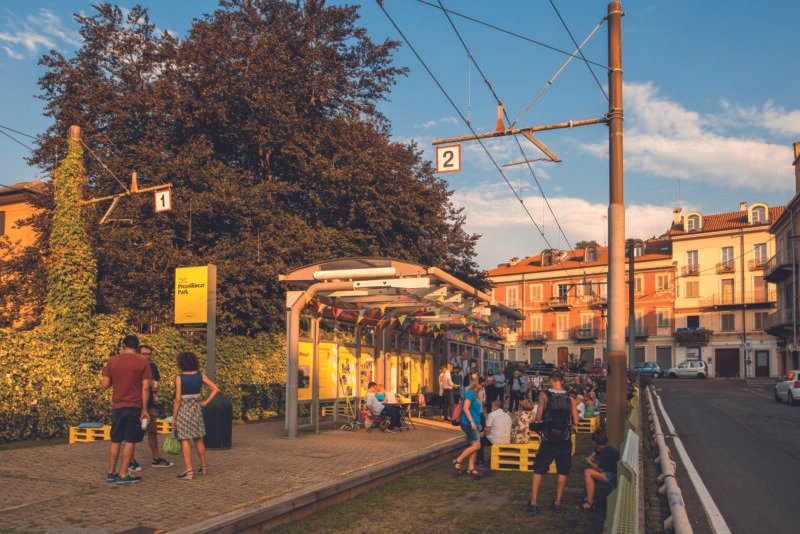Rowan Moore: ‘Eternity Is Overrated’
British journalist Rowan Moore is an architecture critic who in his book Why We Build explores the relationship between power, time, architecture, buildings, and users of public space. Being one of the UK’s most prominent authors in the field of architecture, his book has received acclaim due to his entertaining way of writing and critical analyses of global architecture. Next week, on Thursday December 12, Moore will take part in architecture institute Stroom’s lecture series The Knight’s Move in The Hague, where he will dip into the theme of time in architecture.
Time is a central aspect in Moore’s critical approach towards architecture. As described by British journalist John Kampfner, “(Moore’s) overarching message is that buildings are inextricably linked to time and space”. The context defines them, as well as the power of the architect. Buildings are, in this sense, symbols of power of a specific architect at a certain time in history.

Moore describes pop-up initiatives as temporary symbols of power in the public space that can transform city landscapes within metropolitan areas such as London. The power of these pop-ups originate from their creators, who tend to be young creative artists, designers or architects with great ambitions. Pop-ups are, in this sense, created with less power, and provide glimpses of how a more social, more surprising, and more open city could be like. Users of public space are surrounded by both permanent and temporary architecture that shapes their city landscape and inevitably affects them.
We asked Moore to give some examples of how bad architecture can have direct effects on the behavior of users. “The other day I was in Basel, waiting for a tram, and it was delayed. Because in Switzerland you expect everything to work perfectly, it made me nervous and irritated, and probably affected my dealings with other people. This is one way in which environment can affect you. Bad architecture can depress and frustrate. The worst kind is when it takes away your ability to make decisions for yourself, and when you lose sense of your own body — this is what shopping malls do. But the relationship of architecture to behaviour is never deterministic. As I describe in my book, people blamed social problems at the Bijlmermeer on the architecture, when the reality was more complex.“

Bijlmermeer, Amsterdam
Moore is a trained architect who decided to solely concentrate on journalism in 2008, and is currently working as an architecture critic of the London Observer. He is the former director of the Architecture Foundation, a former editor of the architecture and design magazine Blueprint, and has written for the London Evening Standard, as well as the Guardian. His experiences within the field of architecture have made him aware of the complex relation between architects and the users of their designs, and was therefore asked to describe the biggest challenge for the working relationship between architects, urban designers, urban planners, and users of public space.
“Architecture is a very powerful, but very clumsy, form of communication between people who mostly don’t know each other. On one hand are the thoughts and actions of the people who build, on the other hand the thoughts and actions of the people who inhabit — architecture is the mineral interval between them”, says Moore. “There is always mistranslation. It is impossible to foresee everything, and sinister to try. But architects have to do something — they change things whether they want to or not. They can’t pretend to be neutral. Stewart Brand said that all buildings are predictions of the future, and that predictions of the future are always wrong. I would put it differently. All buildings are propositions of what the future could be, which users can then modify and reinterpret. Good architects understand this.”

According to Moore, the biggest challenge now comes from the scale of development and from globalized processes of construction. “Building is more and more a manifestation of financial processes over which architects have minimal control. Architects, planners, users etc don’t fully understand this, and sometimes end up blaming each other.”
On Thursday December 12, Rowan Moore will give a talk at Stroom in The Hague about the time dimension in architecture. For those who are taught to believe that the best architecture will never be outdated, prepare to be questioned by Moore, who challenges the persistent belief that the best, highest form of architecture is always ‘timeless’. Click here for more information!



